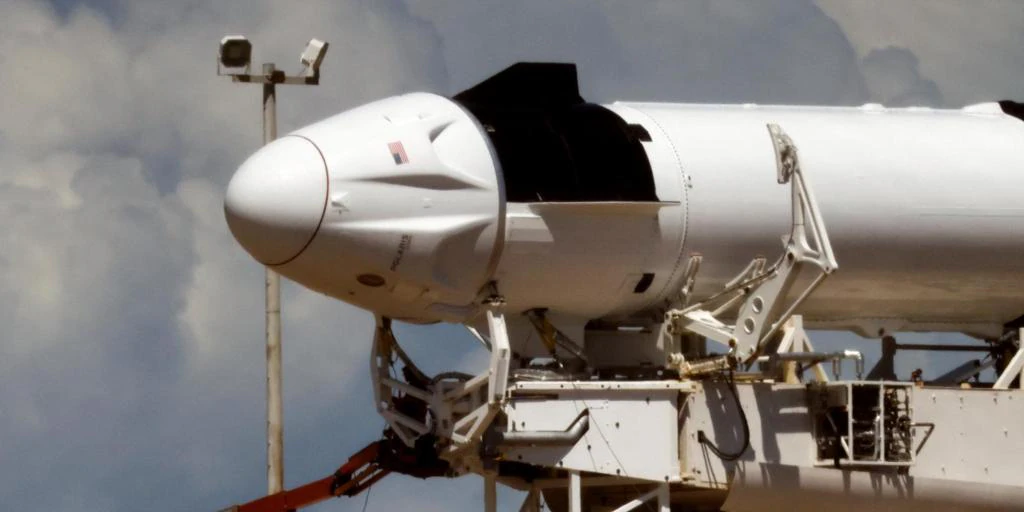SpaceX has once again delayed the launch of Polaris, a mission aimed at the first private spacewalk

SpaceX Ha transferredThis is another attempt to launch a daring orbital expedition with an all-civilian crew, the goal of which is the first private spacewalk.
Mission Polar Dawnorganized by billionaire businessman Jared Isaacman, was scheduled to lift off from NASA’s Kennedy Space Center in Florida within four hours early Wednesday, but SpaceX announced it was delaying the launch plans “due to adverse weather predicted in the Dragon landing areas off the coast of Florida,” X said in a statement.
An earlier attempt on Tuesday was also called off due to a helium leak in a line connecting the tower to the rocket.
The SpaceX Dragon capsule, mounted on a Falcon 9 rocket, is expected to reach a maximum altitude of 870 miles (1,400 kilometers), higher than any manned mission in more than half a century since the Apollo era.
Non-professional astronauts
Mission commander Isaacman will lead his four-person crew through the mission’s centerpiece: the first spacewalk by non-professional astronauts equipped with stylish suits for extravehicular activities (EVA) from SpaceX, recently developed.
The team includes mission pilot Scott Poteet, a retired U.S. Air Force lieutenant colonel; mission specialist Sarah Gillis, chief space operations engineer at SpaceX; and mission specialist and medical officer Anna Menon, also chief space operations engineer at SpaceX.
The quartet passed more than two years of training in preparation For the historic mission, he spent hundreds of hours in simulators, as well as skydiving, training in a centrifuge, scuba diving and climbing to the top of an Ecuadorian volcano.
The first of three missions
Polaris Dawn will be the first of three missions in the Polaris program, a collaboration between Isaacman, the founder of tech company Shift4 Payments, and SpaceX.
Isaacman declined to disclose the total amount of his investment in the project, although reports say he paid about 200 million dollars SpaceX’s Inspiration4 mission in September 2021, the first all-civilian orbital mission.
Polaris Dawn will reach its maximum altitude on its first day, briefly plunging into the Van Allen radiation belt, a region rife with high-energy charged particles that can pose long-term health risks to humans.
On the third day, the crew will don their state-of-the-art spacewalk suits, equipped with head-up displays, helmet cameras and advanced joint mobility systems, and take turns exiting their spacecraft, two at a time, each going through 15-20 minutes in spaceat an altitude of 435 miles above the Earth’s surface.
Also on its to-do list is testing laser satellite communications between the spacecraft and Starlink, SpaceX’s constellation of more than 6,000 internet satellites to boost space communications speeds, and conducting nearly 40 scientific experiments.
These include testing contact lenses with embedded microelectronics for continuous monitoring. changes in eye pressure and shape.
After six days in space, the mission will end with a splashdown off the coast of Florida.
